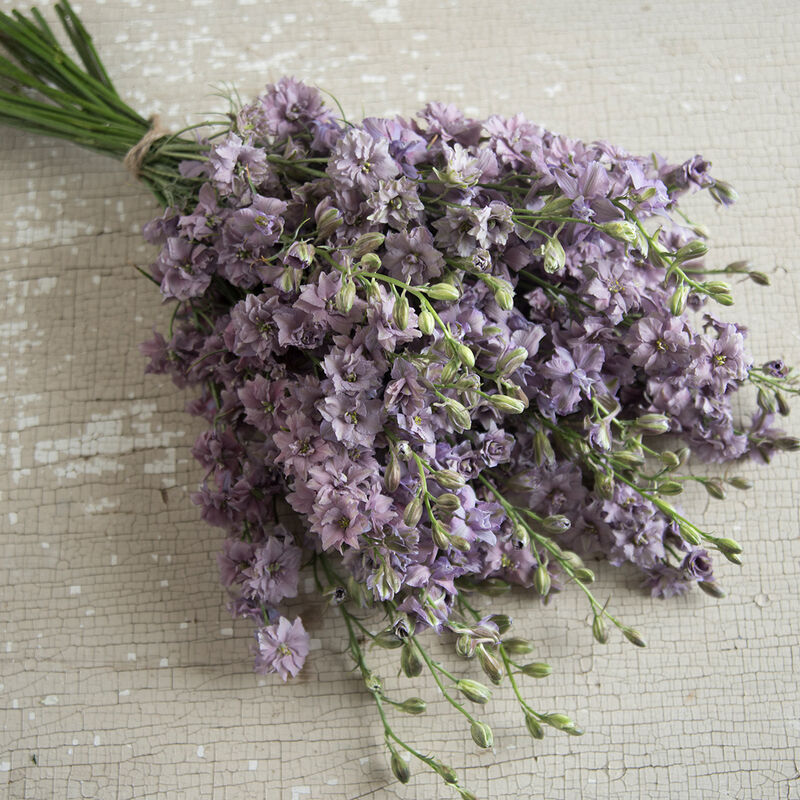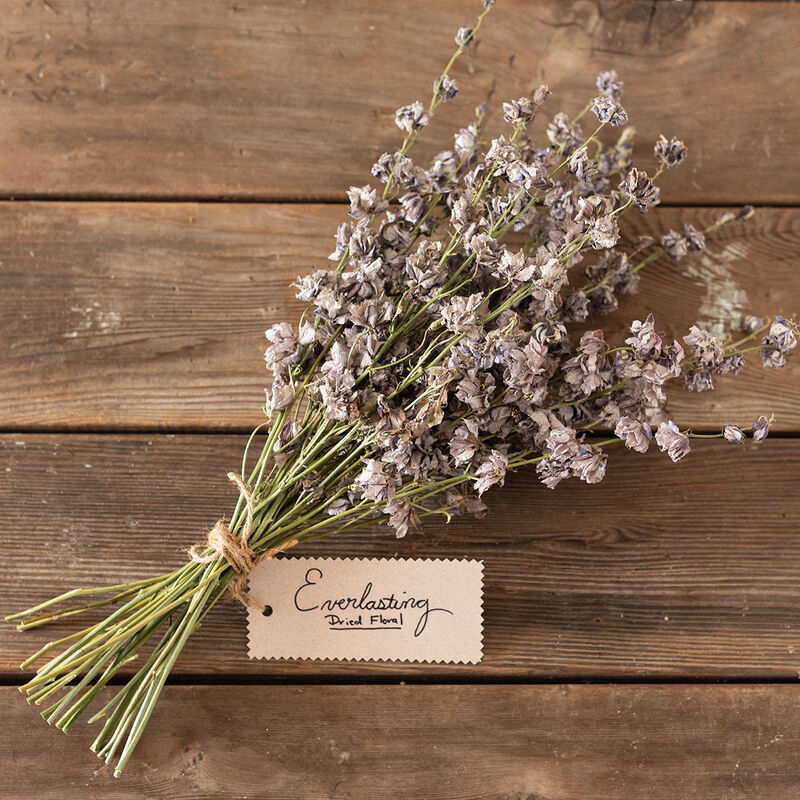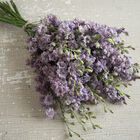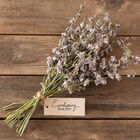Misty Lavender Larkspur Seed
Product ID:3347.113347
Misty Lavender Larkspur Seed
Product ID:3347.113347
Unique pearly gray-lavender blooms.
Features tall spires of 1 1/2–1 3/4", dense florets on 9–12" flower spikes. Plants produce double blooms with a small percentage of singles. In our trials, Misty Lavender is identical to the heirloom variety known as 'Earl Grey.' Attracts hummingbirds.Specs:
DAYS TO GERMINATION:
14-21 days at 55°F (13°C). Pre-chill seed for 7 days at 35°F (2°C) to improve germination.SOWING:
Direct seed (recommended) - ¼" deep (darkness is required for germination) in early spring for summer bloom or in fall for bloom the following year. Seeds do not germinate well when soil temperatures are above 55°F (13°C). Transplant - Sow into 72-cell plug flats or preferred seedling container 5-7 weeks before planting out. If growing transplants, grow at 55°F (13°C) until ready to plant outside. Larkspur performs best where summers are cool.LIGHT PREFERENCE:
Sun.PLANT HEIGHT:
36-48". Support is recommended.PLANT SPACING:
4-6".HARDINESS ZONES:
Annual.STEM LENGTH:
12-40".VASE LIFE:
5-7 days.HARVEST:
Fresh - 2-3 basal flowers open on up to 1/3 of stem. Dried - flowers on stem are open but before petals drop.SOIL REQUIREMENTS:
Rich, well-drained, slightly alkaline soil.USES:
Excellent cut or dried flower. Good for back of beds.Johnny's is committed to your success, every step of the way.
We want you, our customer, to be 100% satisfied with all of our seeds, tools, and supplies.
If anything you purchase from us proves unsatisfactory, we will either replace the item or refund the purchase price.









